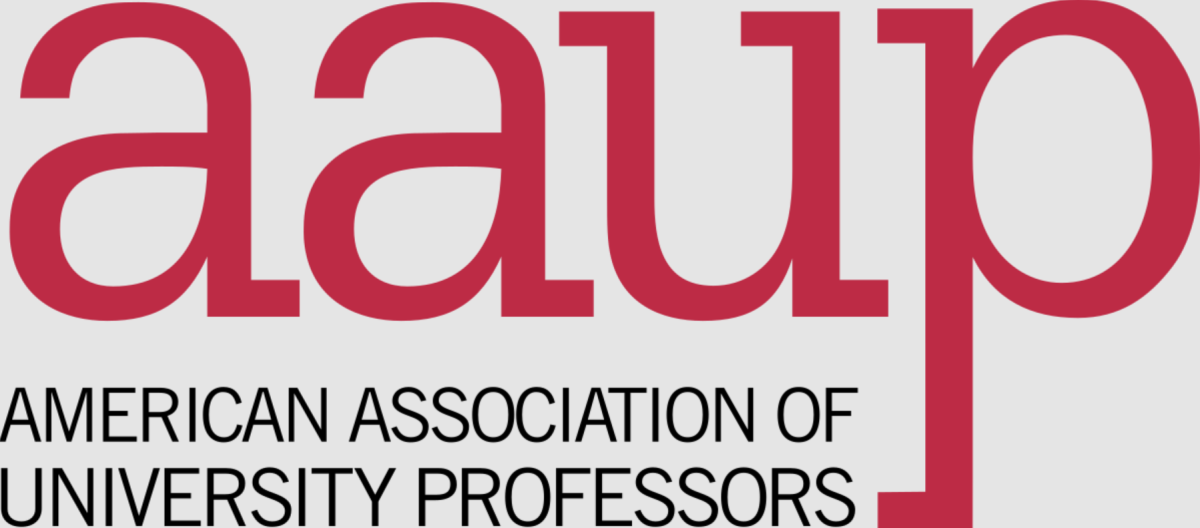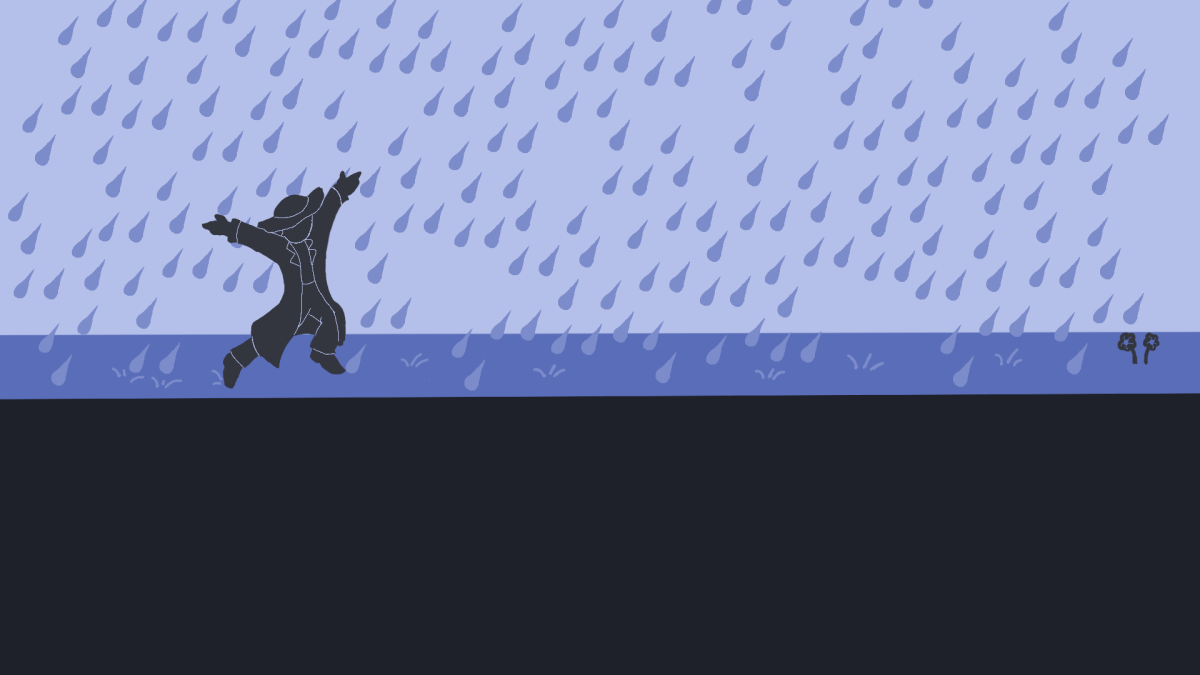Remember that one scene from Mean Girls where the gym teacher says, “Don’t have sex, ‘cause you will get pregnant and die”? That’s not too far from what some students hear in school.
The scene is humorous because of its absurdity — but what’s not funny is that for many students in the U.S., their actual sex education isn’t much better.
Across the country, and especially in states such as North Carolina, students are taught misleading or incomplete information about sex, sexual health and sexual communication. Many are left utterly unprepared for real-life situations — especially considering the fact that most people have their first sexual experience at around 15-19 years old, according to a 2017 report by the Demographic and Health Surveys Program.
In North Carolina, curriculum requires instruction on pregnancy prevention, STDs and HIV, but it does not have to be “comprehensive.” Teachers must explain the benefits of abstinence and teach that a faithful monogamous heterosexual marriage is the best way to prevent STDs.
Only 56% of schools in the state reported teaching students how to correctly use a condom. The nonprofit organization Sex Ed for Social Change gave North Carolina a D+ rating for sex ed content; a comparably high rating in a country where many states don’t even require sex education.
This unpreparedness can lead to higher rates of teen pregnancies, transmission of sexually transmitted infections and sexual violence. Rather than giving students the knowledge they need to make informed decisions, sex education in many public schools relies on fear tactics and outdated moral arguments.
So, why is sex education in America still failing us, and what can we do to fix it?
The primary practice in sex education in most public schools is called the “abstinence only” approach. This method teaches that abstinence is the only acceptable form of preventing pregnancy and STDs.
This method is often based on moral or religious motivations rather than empirical factors. The idea of “waiting until marriage” is frequently a key part of this form of sex education, and oftentimes notions of harm reduction — such as education on contraception use — are left out of the curriculum.
These methods are just as ineffective as they are outdated. That is, abstinence-only education doesn’t prevent teen sex, it just prevents teen education.
Moreover, those who are educated under abstinence-only programs are less likely to use contraception or understand sexual health, which can lead to a higher risk of teen pregnancies. North Carolina consistently remains ranked in the top 50% of states with the highest teen birth rates.
Our current method of sex education also fails to teach students the importance of sexual communication, most prominently the importance of consent.
Sexual violence is extremely prevalent, especially on college campuses. RAINN reports that sexual violence is more common on college campuses than other crimes, such as robbery. During a student’s first few months in college, they are placed at an increased risk of being subject to sexual violence; a period called the “red zone.”
Many abstinence-only education programs fail to address consent, as well as stress its importance when approaching sexual activities. This leaves students vulnerable to sexual coercion and violent encounters that we, as students, are then susceptible to at the college level.
This can severely damage a student’s relationship with others, themselves and their relationship with sex itself.
The emotional, mental and physical trauma associated with sexual assault is oftentimes further fed into by the teachings of abstinence-only education programs, such as the “purity” narrative, one that shames students, especially female students, for sexual activity.
Another major failure on the part of our current system of sexual education is the absence of education for queer individuals.
Our current programs often exclude LGBTQ+ relationships, leaving many students without relevant information to ensure their sexual safety. This leads these individuals to turn to their peers or the internet for crucial information, which is not always the most reliable source of information, especially for more personal matters.
Studies have shown that LGBTQ+ youth are at higher risk for STIs, and this correlates with the inadequate education that they are given.
The exclusion of LGBTQ+ topics reinforces the idea that non-heterosexual orientations are “wrong” or “deviant,” something that can negatively impact a person when they grapple with identity in college. Moreover, this contributes to a cycle of stigmatization and negativity that has a severe impact on a large group of youth today.
Sex education is supposed to prepare students for the realities of life, but in many schools — especially in schools in North Carolina — it achieves the opposite. Abstinence-only education leaves students unprepared and misinformed.
The consequences of this form of education are clear: Failing to teach young people about their bodies and relationships doesn’t prevent them from having sex — it prevents them from making informed decisions that keep them safe.
While the prospects seem grim, change is possible. States can adopt comprehensive sexual education curricula that result in fewer instances of unsafe and uninformed sexual activity. North Carolina can do the same, but we must demand this change.
With the election of Mo Green as the State Superintendent in the previous election, North Carolina has been set on the right track to begin working toward a more comprehensive and equitable system of sexual education.
As students who were once a part of this flawed educational system, we must look within ourselves and understand to what degree our education has set us up for failure and in what ways we need to educate ourselves to be able to make well-informed decisions to remain safe during this crucial time in our lives.
While we aren’t in the age group that needs to be educated on these matters anymore, many of us have siblings, family members or friends who have/will go through the same deteriorating system that we did, and we need to stand alongside them to work towards a system that prepares students for real-life actions with real-life consequences.
Because when it comes to education, ignorance is never the right answer.













